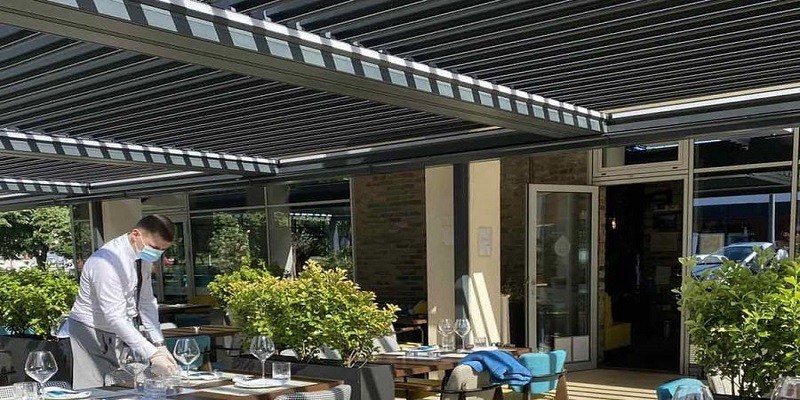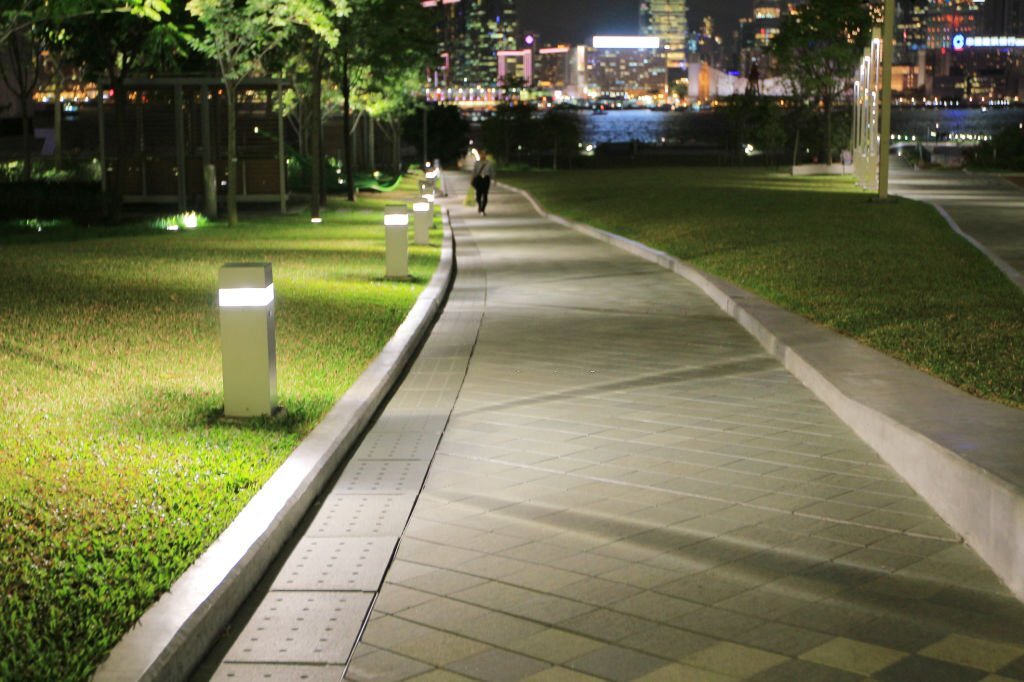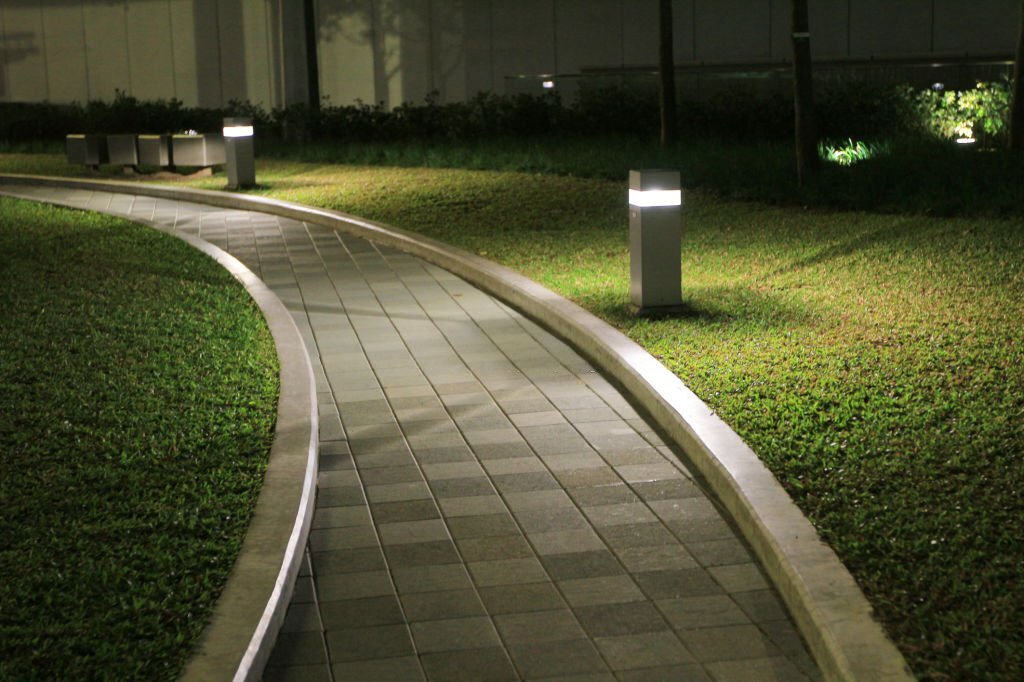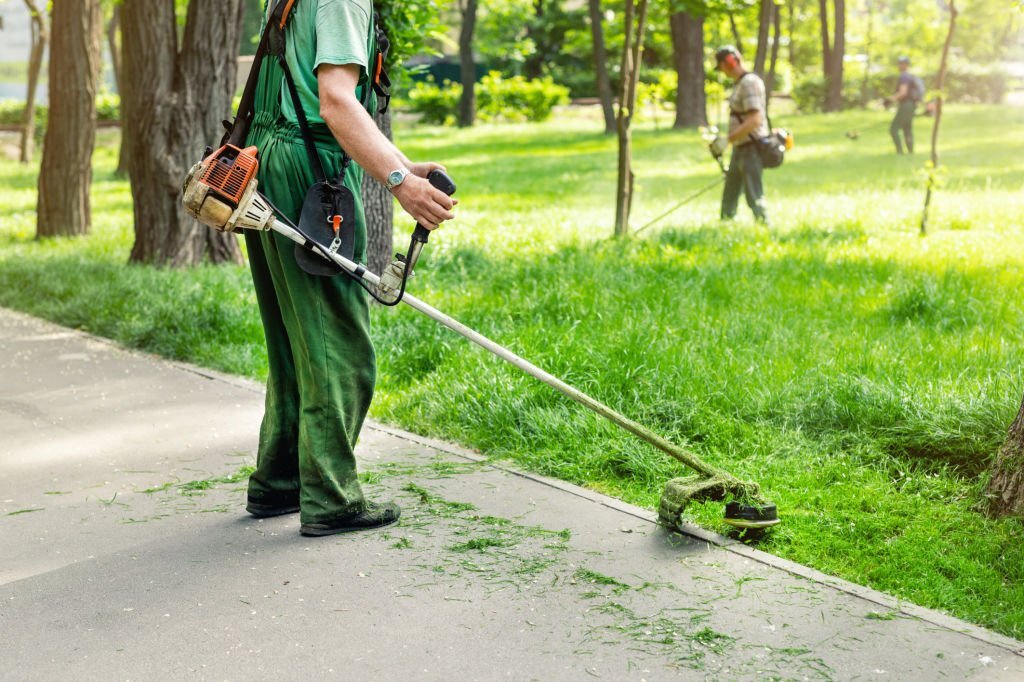The bioclimatic pergola is a pergola model, which is essential more and more in the exteriors. If it made its appearance only a handful of years ago, it was not long in establishing itself as a flagship development element in the exteriors of Florida. Modern, functional, pleasant to live in… there is no shortage of qualifiers to describe it.
It must be said that it is very practical during the summer season and even beyond. Its great peculiarity is to be able to adapt to the needs of each one and according to the meteorological conditions of the moment. What exactly does a bioclimatic pergola consist of? What are its strengths? What criteria to choose it well? This guide explains it in detail.
What is Bioclimatic Pergola?
The pergola is a classic and a much more efficient shading solution than a parasol. It is, in a way, the extension of the house in the garden. You can sit down there in your garden furniture to take full advantage of the summer period. Back-to-back or self-supporting, it is often made of aluminium or wood and protects us thanks to its roof.
The bioclimatic pergola goes a little further. It has the same structure as a traditional pergola but has features that optimize shading and adapt to climatic conditions. By “bioclimatic,” it meant the capacity of the pergola to cope with variations in temperature and sunlight. Thus, it has a roof made up of several adjustable slats, often in aluminium. These slats open and close as desired, allowing users to regulate sunlight, air ventilation, and shelter from bad weather if necessary.
How Does a Bioclimatic Pergola Work?
A pergola with adjustable slats works very easily. Easy to handle, the slats can be adjusted as needed. Depending on the model of pergola chosen, their orientation is via the use of a manual device (crank) or remote control (motorization). This second solution is specifically reserved for electric pergolas, which generally have a higher price.
The orientation of the slats depends on the type of pergola. The larger the opening, the easier the air circulation will be, and the more natural light will enter the living space. As a result, you will benefit from a lot of sunshine, and the interior temperature will warm up. Conversely, the closed slats can provide shelter from the sun’s rays to bring a little freshness during moments of relaxation on the terrace or summer lunches. The slats can also be closed to protect themselves from bad weather (downpour, rain, snow, wind).
Why Choose a Bioclimatic Pergola?
The advantages of a bioclimatic pergola are numerous. First, this is easygoing and adapts to each situation. And then,
More Comfort
The bioclimatic pergola is very ergonomic and comfortable, suitable for enjoying lazy moments like no other. It lets you freely manage the degree of sunshine, ventilation, and temperature of the outdoor space. With it, you are sure to spend the summer dinners cool with your friends or family by allowing you to regulate the temperature.
Enjoy Your Outdoors for Longer
Another advantage of the pergola with adjustable slats is its ability to let you enjoy the season for longer. This space, perfectly sheltered from the rain, will allow you to enjoy the garden from the spring to enjoy the first rays of the sun to the end of summer when the temperatures start to drop.
Energy Savings
Another argument favouring the bioclimatic pergola is its ability to control the interior temperature intelligently and the lighting within the adjoining room. Indeed, if it is leaned against the wall and is designed in aluminium, you should know that the sun reflects on the aluminium leaves, naturally intensifying the light and heat that enters the house.
Protect Your Garden Furniture
It provides flawless protection of your outdoor space against external aggressions such as rain or wind. Thus, it will be a precious shelter to protect your garden table, chairs, armchairs, sun loungers, or low garden furniture against the vagaries of the weather.
Modern Aesthetics on the Terrace
The bioclimatic pergolas are quite recent, and their design gives a modern effect on a terrace. Ideal for a functional layout, it highlights a contemporary atmosphere. When it comes to style, the choice is yours! Several colours and models are available on the market. Finally, do not hesitate to magnify it with decorative touches of your choice to create a friendly and elegant atmosphere. Outdoor Led lighting, decorative objects, potted plants, and garden furniture will greatly help enhance this living space.
What Type of Bioclimatic Pergola to Choose?
The bioclimatic pergola can be lean-to or freestanding. Each model has its own strengths.
Lean-to or Back-to-Back Bioclimatic Pergola
The back-to-back bioclimatic pergola is a shelter that attaches to the front of the house. It is considered an extension of the living room or a transition between its interior and the outside world. Thus, it offers direct access to the interior of the house. Therefore, it is very practical for summer dinner aperitifs in the open air because it avoids wasting time going back and forth between the kitchen and the outdoor dining area. What is more, thanks to this immediate proximity, the back-to-back bioclimatic pergola also makes it possible to control the temperature of the adjacent room.
Self-Supporting or Freestanding Bioclimatic Pergola
It is a model completely independent of the house. Equipped with four feet, it does not attach to the front of the house and does not rely on any other existing external support thanks to its four posts. Considered as a living space annexe to the house, it can be installed anywhere in the garden to design a new living space.
Some Criteria to Take Into Account
Size and material are two criteria that should not be taken lightly when choosing a bioclimatic pergola.
The Size
The size of the pergola is a crucial criterion for choosing the bioclimatic pergola. Among the standard dimensions, we particularly find the following formats: 3 × 3 m, 3x4m, 4x3m, 4x4m, 4x5m, 5x4m, 5x5m. These dimensions are important as these will allow you to know if they adapt well to the space available in your exterior. In addition, they condition the shading surface that you will enjoy during the moments spent outdoors.
The Importance of Materials
The material influences the longevity, resistance, and aesthetics of the pergola. Whether it is its structure or its roof, the choice of material must be selected carefully. Aluminium remains the flagship and most popular material for the manufacture of bioclimatic pergolas. Its resistance to bad weather (winds, rain, heat, etc.) is very strong. Aluminium is a rigid alloy that also has the particularity of not rusting in contact with water. It is also possible to opt for a bioclimatic pergola in solid wood. Prices are often higher for this material. This seduces with its authentic aesthetic appearance and its ability to blend into the natural setting of the garden. However, care must be taken to ensure that the wood is rot-proof or has undergone a special treatment that allows it to resist the risks of mould and other external aggressions.
Our Opinion
Compared to classic pergolas, the bioclimatic pergola is more functional and more comfortable to use. If its price is a little higher, it is nonetheless a very good investment for the development of the garden. This pergola with adjustable slats will indeed regulate the atmosphere of the main living space of the garden naturally and ecologically. It anticipates and adapts to climatic variations, allowing you to enjoy your dining and convivial moments outdoors in peace, at any time of the day. If you wish to know more about bioclimatic pergolas, stay tuned in. And in case you need professional assistance to install one in your space, contact us at Done Right.





